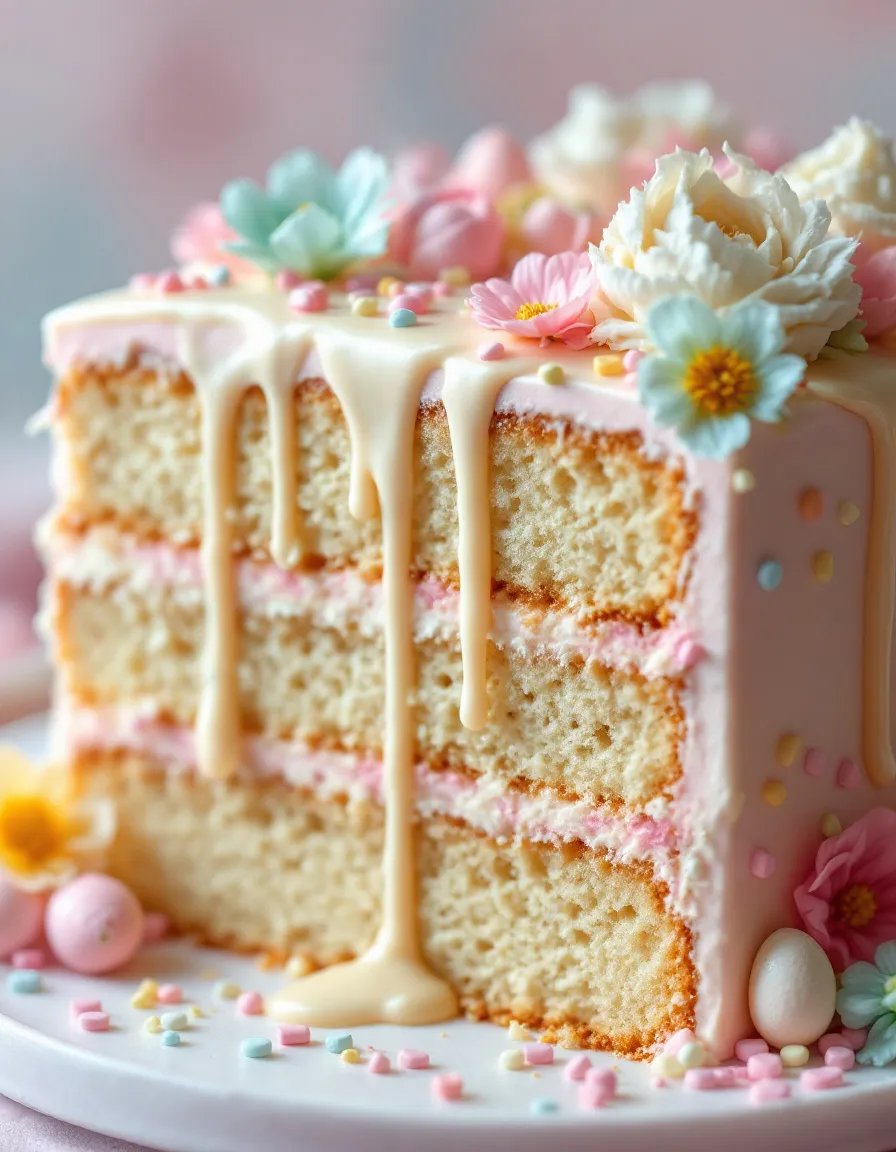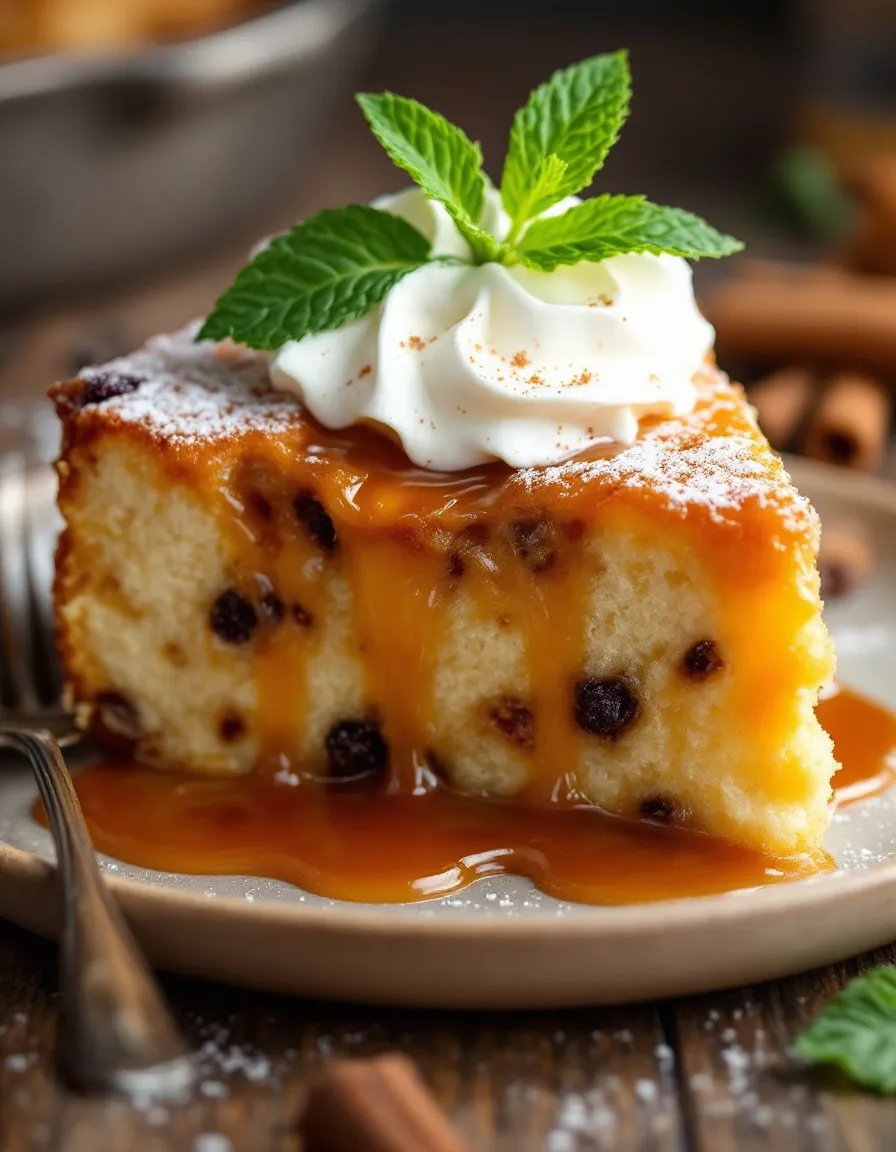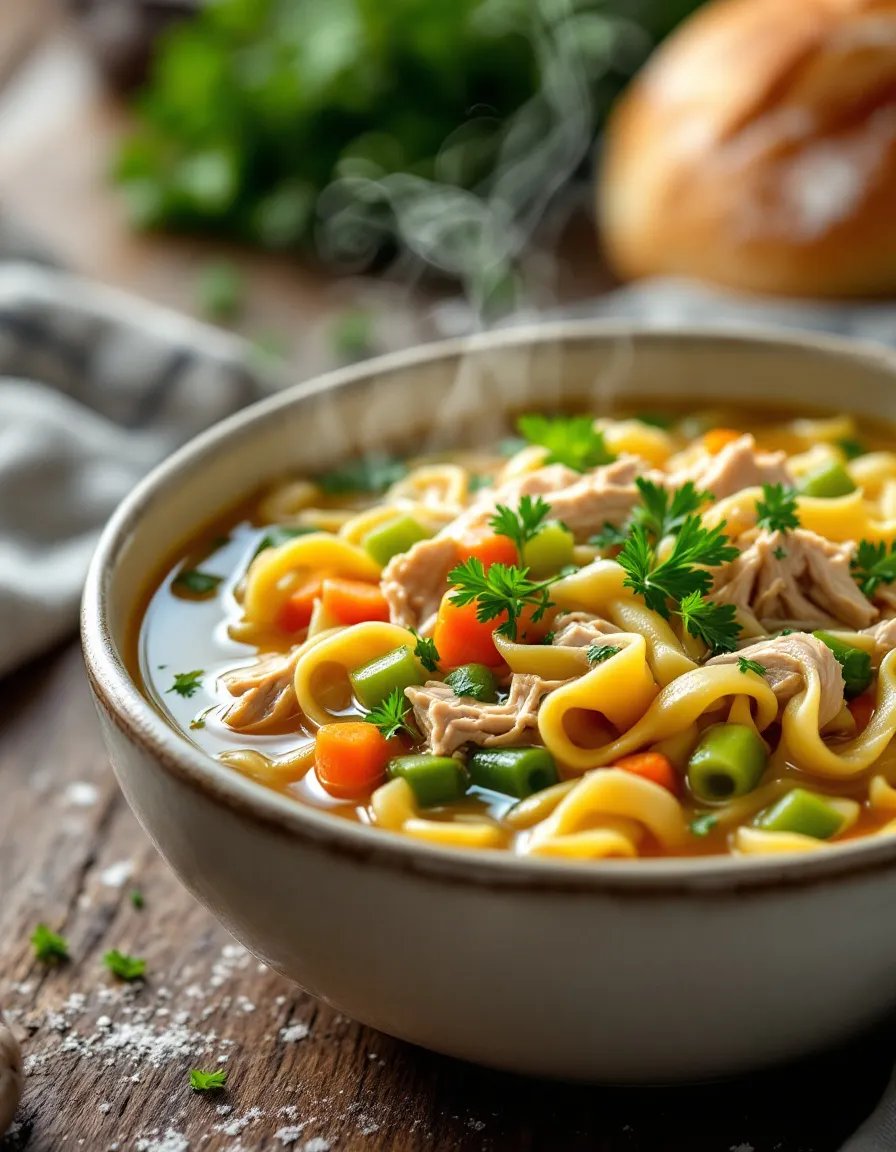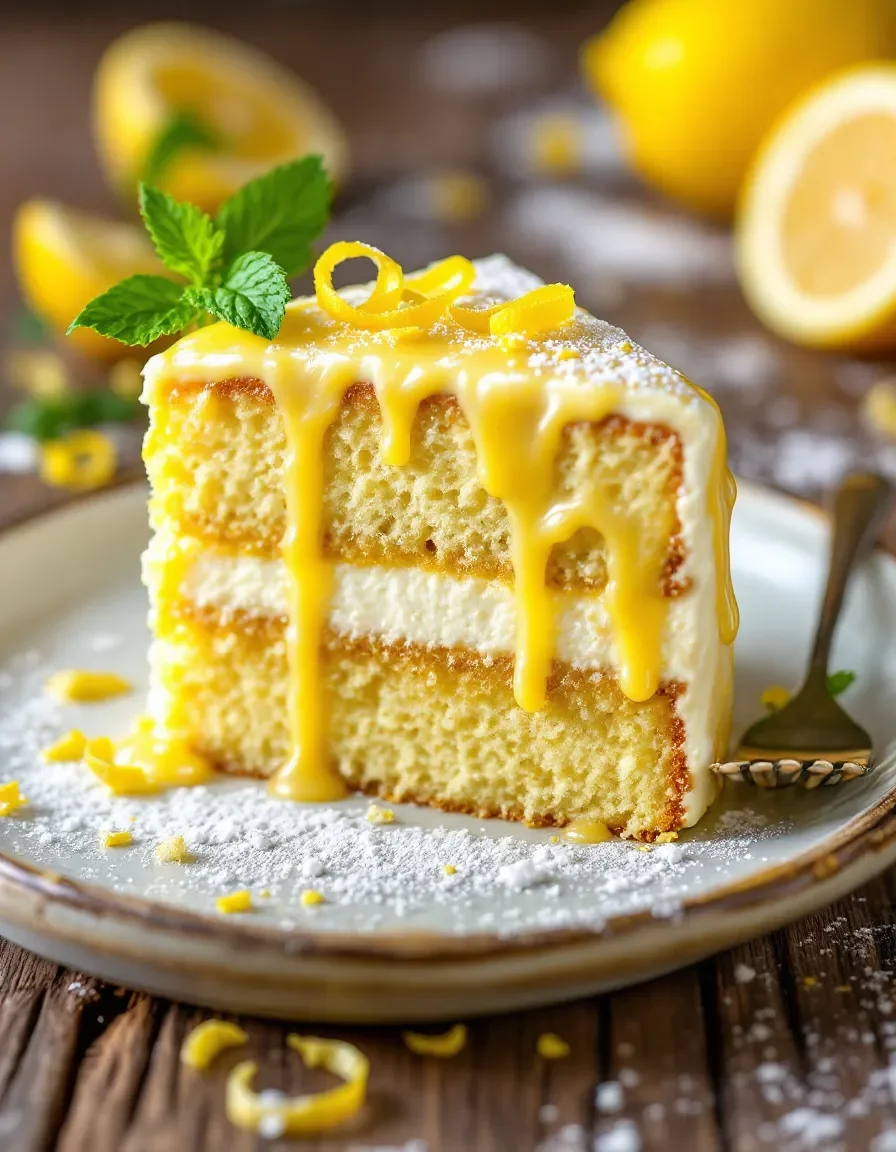Perfect Easter Cake: A Festive Treat for Your Holiday Table
Easter is a time for celebration, and what better way to celebrate than with a show-stopping dessert? This Perfect Easter Cake is a moist, flavorful, and beautifully decorated centerpiece that will impress your family and friends. With its light vanilla sponge, creamy frosting, and festive pastel decorations, this cake is the ultimate treat for your holiday table. Whether you’re hosting a large gathering or enjoying a quiet meal, this cake is sure to bring joy to your Easter celebration.
The secret to this Perfect Easter Cake lies in its balance of flavors and textures. The soft, airy sponge pairs perfectly with the rich, velvety frosting, while the colorful decorations add a touch of whimsy. Every bite is a delightful combination of sweetness and lightness, making it a dessert that everyone will love. Plus, with its simple yet elegant presentation, this cake is as beautiful as it is delicious.
Quick Recipe Highlights
- Flavor Profile: A harmonious blend of sweet vanilla and creamy frosting, with a hint of citrus zest for brightness.
- Texture: Light and airy sponge with a smooth, velvety frosting that melts in your mouth.
- Aroma: Fresh and inviting, with notes of vanilla and citrus that fill the kitchen as it bakes.
- Visual Appeal: A stunning pastel-colored cake adorned with Easter-themed decorations, perfect for your holiday table.
- Skill Level Needed: Intermediate bakers will find this recipe approachable, with clear instructions for success.
- Special Equipment: A stand mixer or hand mixer, cake pans, and a piping bag for decorating.
Recipe Overview
- Difficulty Level: This recipe is perfect for intermediate bakers who are comfortable with basic cake-making techniques. It involves layering and frosting, which require a bit of practice but are well worth the effort.
- Category: Dessert, Holiday Baking, Celebration Cake.
- Cuisine: This cake draws inspiration from classic American and European baking traditions, with a modern twist for Easter celebrations.
- Cost: The ingredients are affordable and easily accessible, making this a budget-friendly dessert option for your holiday table.
- Season: While perfect for Easter, this cake can be adapted for any springtime celebration.
- Occasion: Ideal for Easter brunch, dessert tables, or as a gift for friends and family.
Why You’ll Love This Recipe
This Perfect Easter Cake is more than just a dessert—it’s a celebration of the season. The light, fluffy sponge is infused with vanilla and citrus zest, creating a refreshing flavor that pairs beautifully with the rich, creamy frosting. The pastel-colored decorations add a festive touch, making it a centerpiece that will wow your guests.
One of the best things about this recipe is its versatility. You can customize the decorations to match your Easter theme, whether you prefer pastel hues, floral designs, or playful Easter eggs. The cake is also easy to transport, making it a great option for potlucks or family gatherings.
From a nutritional perspective, this cake strikes a balance between indulgence and moderation. While it’s a treat, the light sponge and balanced sweetness ensure that it’s not overly heavy. Plus, you can adapt the recipe to suit dietary needs, such as using gluten-free flour or dairy-free frosting.
Socially, this cake is a conversation starter. Its beautiful presentation and delicious flavor make it a hit at any gathering. Whether you’re serving it at a formal dinner or a casual brunch, it’s sure to be the star of the show.
Finally, this recipe is cost-effective and accessible. The ingredients are simple and affordable, and the steps are straightforward, making it a great option for bakers of all levels. With a little time and effort, you can create a dessert that looks and tastes like it came from a professional bakery.
Historical Background and Cultural Significance
The tradition of baking special cakes for Easter dates back centuries, with roots in both Christian and pagan celebrations. In many cultures, cakes and breads were baked to mark the end of Lent and the arrival of spring. The use of eggs, a symbol of new life, became a common feature in Easter baking.
Over time, Easter cakes evolved to include a variety of flavors and decorations. In Europe, fruitcakes and yeast-based cakes were popular, while in America, lighter sponge cakes with frosting became the norm. Today, Easter cakes are a beloved tradition, with each family adding their own unique touches.
This Perfect Easter Cake draws inspiration from these traditions while incorporating modern techniques and flavors. The use of pastel colors and festive decorations reflects the joy and renewal associated with the holiday, making it a perfect addition to your Easter celebration.
Ingredient Deep Dive
Vanilla Extract
Vanilla extract is the backbone of this cake’s flavor profile. Derived from vanilla beans, it adds a warm, sweet aroma that enhances the overall taste. When selecting vanilla extract, opt for pure vanilla rather than imitation for the best flavor. Store it in a cool, dark place to preserve its quality.
Citrus Zest
The addition of citrus zest, such as lemon or orange, brightens the cake’s flavor and adds a refreshing note. Zest contains essential oils that pack a punch of flavor, so a little goes a long way. Use organic citrus fruits when possible, and zest them just before adding to the batter for maximum freshness.
Butter
Butter provides richness and moisture to the cake. Unsalted butter is preferred, as it allows you to control the salt content. For best results, use room-temperature butter to ensure even mixing. If you’re looking for a dairy-free option, consider using a high-quality plant-based butter substitute.
Common Mistakes to Avoid
- Overmixing the batter: This can lead to a dense, tough cake. Mix just until the ingredients are combined.
- Using cold ingredients: Room-temperature ingredients blend more easily, resulting in a smoother batter.
- Overbaking: Check the cake a few minutes before the timer goes off to prevent dryness.
- Uneven layers: Use a kitchen scale to divide the batter evenly between pans.
- Skipping the crumb coat: A thin layer of frosting before the final coat helps prevent crumbs from showing.
- Rushing the cooling process: Allow the cake to cool completely before frosting to avoid melting.
- Overloading with decorations: Keep the design simple and elegant for the best visual appeal.
- Not tasting as you go: Adjust flavors, such as sweetness or citrus, to suit your preferences.
Essential Techniques
Creaming Butter and Sugar
Creaming butter and sugar together creates a light and fluffy base for the cake. This process incorporates air into the batter, resulting in a tender crumb. Use room-temperature butter and beat until the mixture is pale and creamy.
Folding in Egg Whites
Folding in whipped egg whites adds airiness to the batter. Gently incorporate the egg whites using a spatula to maintain the volume. This technique is key to achieving a light, airy sponge.
Layering and Frosting
Proper layering and frosting ensure a professional-looking cake. Use a turntable for even frosting, and apply a crumb coat before the final layer. Smooth the frosting with a bench scraper for a polished finish.
Pro Tips for Perfect Easter Cake
- Use a kitchen scale to measure ingredients for accuracy.
- Line your cake pans with parchment paper for easy removal.
- Chill the cake layers before frosting to reduce crumbs.
- Add a splash of milk to the frosting for a smoother consistency.
- Use gel food coloring for vibrant, pastel decorations.
- Pipe decorations on parchment paper and freeze before transferring to the cake.
- Store the cake in an airtight container to maintain freshness.
- Let the cake come to room temperature before serving for the best flavor.
Variations and Adaptations
Gluten-Free Option
Replace the all-purpose flour with a gluten-free flour blend. Ensure the blend contains xanthan gum for structure, or add 1/2 teaspoon per cup of flour.
Vegan Adaptation
Use plant-based butter, egg substitutes, and dairy-free milk. Aquafaba (chickpea water) works well as an egg white replacement.
Flavor Variations
Experiment with different extracts, such as almond or coconut, for a unique twist. You can also add fruit purees or spices to the batter.
Serving and Presentation Guide
Serve this Perfect Easter Cake as the centerpiece of your dessert table. Pair it with fresh berries, whipped cream, or a drizzle of citrus glaze for added flair. Use a cake stand to elevate its presentation, and garnish with edible flowers or Easter-themed decorations.
Wine and Beverage Pairing
Pair this cake with a sweet dessert wine, such as Moscato or Riesling, to complement its flavors. For a non-alcoholic option, serve with a citrus-infused sparkling water or a cup of herbal tea.
Storage and Shelf Life
Store the cake in an airtight container at room temperature for up to 2 days, or refrigerate for up to 5 days. For longer storage, freeze individual slices wrapped in plastic wrap and foil.
Make Ahead Strategies
Bake the cake layers a day in advance and store them wrapped in plastic wrap. Frost and decorate the cake the day of serving for the freshest results.
Scaling Instructions
To double the recipe, use two sets of cake pans and adjust the baking time slightly. For smaller servings, halve the ingredients and use 6-inch pans.
Nutritional Deep Dive
This cake is a treat, but it can be enjoyed in moderation. Each serving contains a balance of carbohydrates, fats, and proteins, with a touch of sweetness from the frosting. For a lighter option, reduce the sugar in the frosting or use a sugar substitute.
Dietary Adaptations
Gluten-Free
Use a gluten-free flour blend and ensure all other ingredients are gluten-free.
Dairy-Free
Replace butter with plant-based alternatives and use dairy-free milk and frosting.
Vegan
Use egg substitutes, plant-based butter, and dairy-free ingredients.
Troubleshooting Guide
Dry Cake
Overbaking can cause dryness. Check the cake a few minutes early and use a toothpick to test for doneness.
Dense Texture
Overmixing the batter can lead to a dense cake. Mix just until the ingredients are combined.
Frosting Issues
If the frosting is too thick, add a splash of milk. If it’s too thin, chill it briefly before using.
Recipe Success Stories
Many bakers have shared their success with this Perfect Easter Cake, praising its light texture and beautiful presentation. One reader added fresh berries to the filling for a burst of flavor, while another used edible glitter for a festive touch.
Frequently Asked Questions
Can I make this cake ahead of time?
Yes, you can bake the cake layers a day in advance and store them wrapped in plastic wrap. Frost and decorate the cake the day of serving for the freshest results.
Can I freeze this cake?
Absolutely! Freeze individual slices wrapped in plastic wrap and foil for up to 2 months.
What can I use instead of vanilla extract?
Almond or coconut extract can be used for a different flavor profile.
Additional Resources
Explore more Easter recipes, such as carrot cake or hot cross buns, to complete your holiday menu. Check out our technique guides for frosting and decorating tips, and browse our equipment recommendations for must-have baking tools.
Join the Conversation
Share your Perfect Easter Cake creations on social media using #PerfectEasterCake. We’d love to see your variations and hear your tips! Don’t forget to leave a review and let us know how your cake turned out.
The Recipe
Perfect Easter Cake
Serves: 12
Prep Time: 30 mins
Cook Time: 45 mins
Total Time: 75 mins
Kitchen Equipment Needed
- Stand mixer or hand mixer
- 3 round cake pans (8-inch)
- Parchment paper
- Piping bag and tips
- Offset spatula
Ingredients
- 2 1/2 cups all-purpose flour
- 2 1/2 tsp baking powder
- 1/2 tsp salt
- 1 cup unsalted butter, room temperature
- 2 cups granulated sugar
- 4 large eggs, room temperature
- 1 tbsp vanilla extract
- 1 cup whole milk, room temperature
- Zest of 1 lemon or orange
Directions
- Preheat the oven to 350°F (175°C). Grease and line three 8-inch cake pans with parchment paper.
- In a medium bowl, whisk together the flour, baking powder, and salt.
- In a stand mixer, cream the butter and sugar until light and fluffy. Add the eggs one at a time, mixing well after each addition. Stir in the vanilla extract and citrus zest.
- Alternately add the dry ingredients and milk to the butter mixture, beginning and ending with the dry ingredients. Mix until just combined.
- Divide the batter evenly between the prepared pans. Bake for 25-30 minutes, or until a toothpick inserted into the center comes out clean.
- Let the cakes cool in the pans for 10 minutes, then transfer to a wire rack to cool completely.
- Once cooled, frost and decorate the cake as desired.
Recipe Notes
- For a dairy-free version, use plant-based butter and milk.
- Add food coloring to the frosting for pastel hues.
- Decorate with Easter-themed sprinkles or edible flowers.






